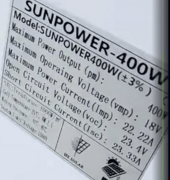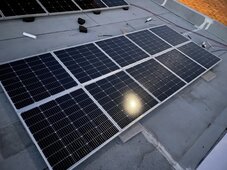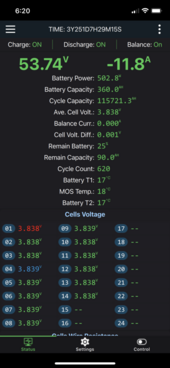corporal_Canada
New Member
if you believe 48 volts is better than more storage capacity, so be it.. will i be able to use the same 3 solar panels that i insanely walked onto my roof next to my window ? 2 are 350watts and one is 400 or 450 watts... all 3 are physically different sizes......
sooo.. i need 4x 12volt batteries ? 4 fuses ?(how many amps?)... cable to link battery to battery... (what gauge would you recommend ?).. and an inverter that will be 48v dc to ac ??? charge controllers? or should i just forget that ??
as for aio.. there are som AIO systems using LFE batteries at ludacris prices and proprietary solar connectors....... tbh, im actually better off buying an ecoflow with solar panel included, but being a cheap french Canadian bastard, i thought id save cash by putting the whole system together myself.. but i really dont need to use 300 watts during the nighttime.. ill just use land power.... by the way if the solar panels only produce 18v at peak, how do i connect them to a 48volt system ?
thank you...
sooo.. i need 4x 12volt batteries ? 4 fuses ?(how many amps?)... cable to link battery to battery... (what gauge would you recommend ?).. and an inverter that will be 48v dc to ac ??? charge controllers? or should i just forget that ??
as for aio.. there are som AIO systems using LFE batteries at ludacris prices and proprietary solar connectors....... tbh, im actually better off buying an ecoflow with solar panel included, but being a cheap french Canadian bastard, i thought id save cash by putting the whole system together myself.. but i really dont need to use 300 watts during the nighttime.. ill just use land power.... by the way if the solar panels only produce 18v at peak, how do i connect them to a 48volt system ?
thank you...









